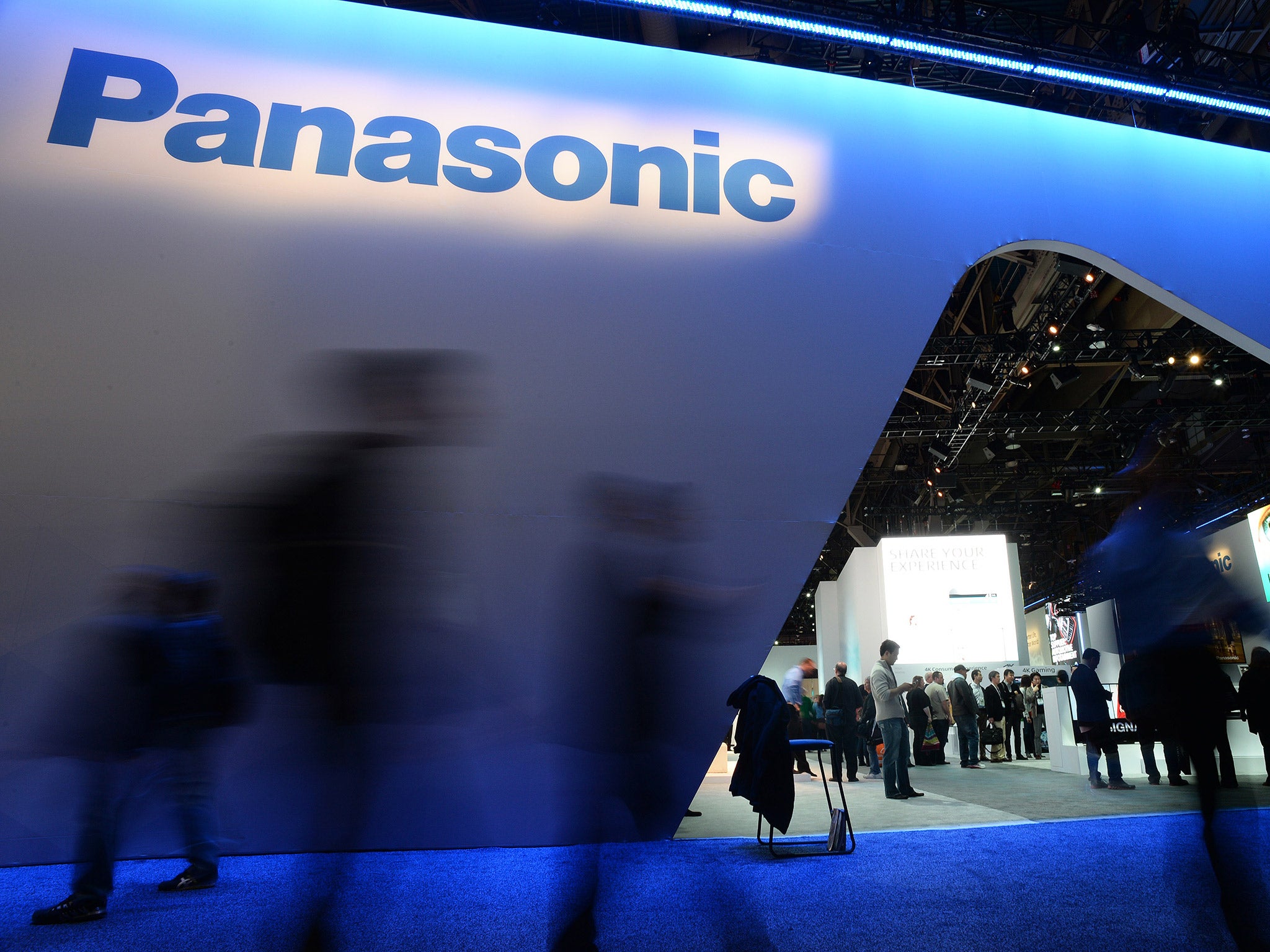Panasonic using software, cameras and sensors for fewer parcels and better gin and tonics
The company's comprehensive approach leaves it in pole position to connect every part of the chain

Panasonic is known for its TVs, home appliances, microwaves, action cameras and breadmakers. It’s a consumer electronics leader. But in some markets, like Japan, it’s also big in automotive products, even housing. And business-to-business (BtoB) activity.
Tony O’Brien is the Deputy Managing Director at the Panasonic Systems Solutions Centre, a sector of the Japanese electronics giant that seeks to make the most of the company’s wide range of products and services and, now, is aiming to make BtoB a major part of the company’s European profile.
Panasonic has a portfolio that includes projectors, solar energy, high-capacity data storage and more. It even makes the batteries that power Tesla cars and Gogoro electric scooters. And all of this is relevant to BtoB.
I talked to Mr O’Brien at a behind-closed-doors session at last month’s CES in Las Vegas. He spoke about the company’s target to make business-to-business earnings higher even than those from consumer electronics, though that is still central to the company’s DNA.
Panasonic has been working on software for its products for almost 100 years, so is in a strong position to spot how the same problems can repeat themselves in different markets.
“Take inventory management, for instance. If you’re on a plane and you’ve ordered a gin and tonic, you won’t be pleased if you’re told they’ve run out of tonic. Especially if it turns out that some other mixers have been on board so long they’re entitled to air miles. We can improve the inventory by making it an electronic rather than a paper-based process for a start. But we can go further. We know that French passengers like more wine than German passengers who prefer beer, so knowing the flight destination can help us pick the best inventory for each plane, and customer satisfaction is improved if the right amount of tonic, beer or wine is on board.”
And that’s before you get to the other benefits such as the fuel savings, lower loading costs and stock holding cost reductions that come with better understanding your customer.
“Where Panasonic is unique,” Mr O’Brien claims, “is that while our primary knowledge is with the consumer, we also have insights into business solutions and, for instance, automotive industries.
“With Tesla and others we’re well known for our batteries but we can use these batteries for energy storage in the utilities sector to manage demand for our customers even more exactly. EDF, which is one of our customers, supplies energy to DHL, also a customer. So we can help EDF be more efficient with DHL – instead of running its conveyor belts continuously, we can use our CCTV cameras and our software to turn the belts on and off when the arrival of parcels means they’re actually needed and reduce lost packages into the bargain. But then we can help DHL be more efficient with its customers. We call it completing the value chain.”
It’s almost like Panasonic’s becoming a consultant, then? “Exactly. The most common way of doing things is for someone to present the customer with a system and let them see how it will work for their problem. We do the opposite: analyse the problem and see how we can solve it.”
Mr O’Brien has to increase his sales of these solutions considerably. Much of this increase may come from M2M, that is, machine to machine innovations. This isn’t just a vending machine that texts HQ when it needs more Mars bars, though that’s important, too. Who wants to run out of Mars bars?
It’s more that Panasonic’s comprehensive approach leaves it in pole position to connect every part of the chain, all the way from the customer experience through to management cost reductions.
“In an airport, the manager and the retailers come to us and ask what we can do to increase efficient passenger throughput but also improve customer experience. Well, Panasonic has the best display products in the market. So while you’re waiting at the airport, why can’t we entertain you?”
All well and good, but a company needs the right culture for one sector to talk to each other, which not all tech companies are good at doing. Mr O’Brien says they’ve addressed this: “The technology alone doesn’t do it. So the first thing we’ve done is create one organisation within Panasonic that can call on the total portfolio. The result is much more consultative before we get to the point of ‘Oh, and by the way, here’s our system’.
Not that Mr O’Brien rules out the acquisition of other companies when it’s felt Panasonic has a gap it could fill.
“We will make acquisitions, though that’s not the first priority, and form more strategic alliances. In the 2020 Olympic Games in Tokyo we’ll be supplying technology. But the IT company Atos will also be supplying technology so why wouldn’t we collaborate? We don’t compete and have complementary skills.”
What’s interesting about all this is that Panasonic’s different divisions will continue to work separately to create best-in-class TVs, projectors and so on, but collaborate to make hardware and knowhow available to each other to serve business needs. It’s a neat way to expand out of the low-margin TV business while still supporting the consumer electronics division.
Join our commenting forum
Join thought-provoking conversations, follow other Independent readers and see their replies
Comments
Bookmark popover
Removed from bookmarks